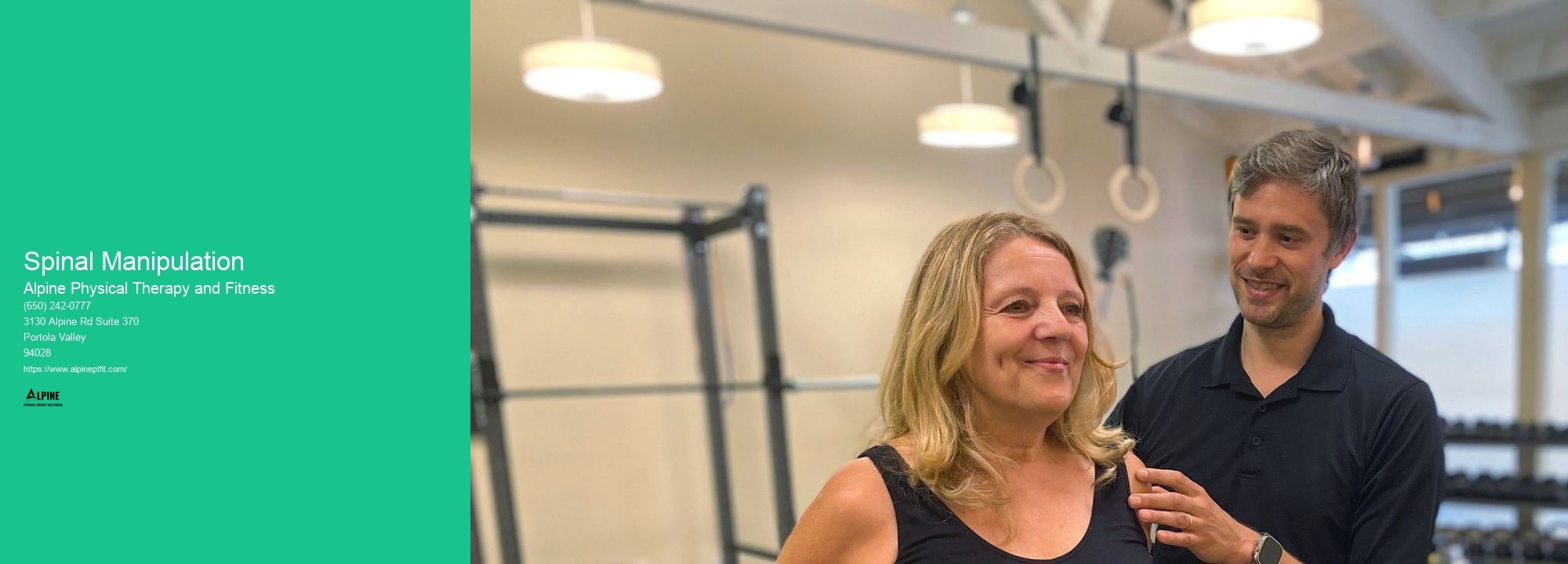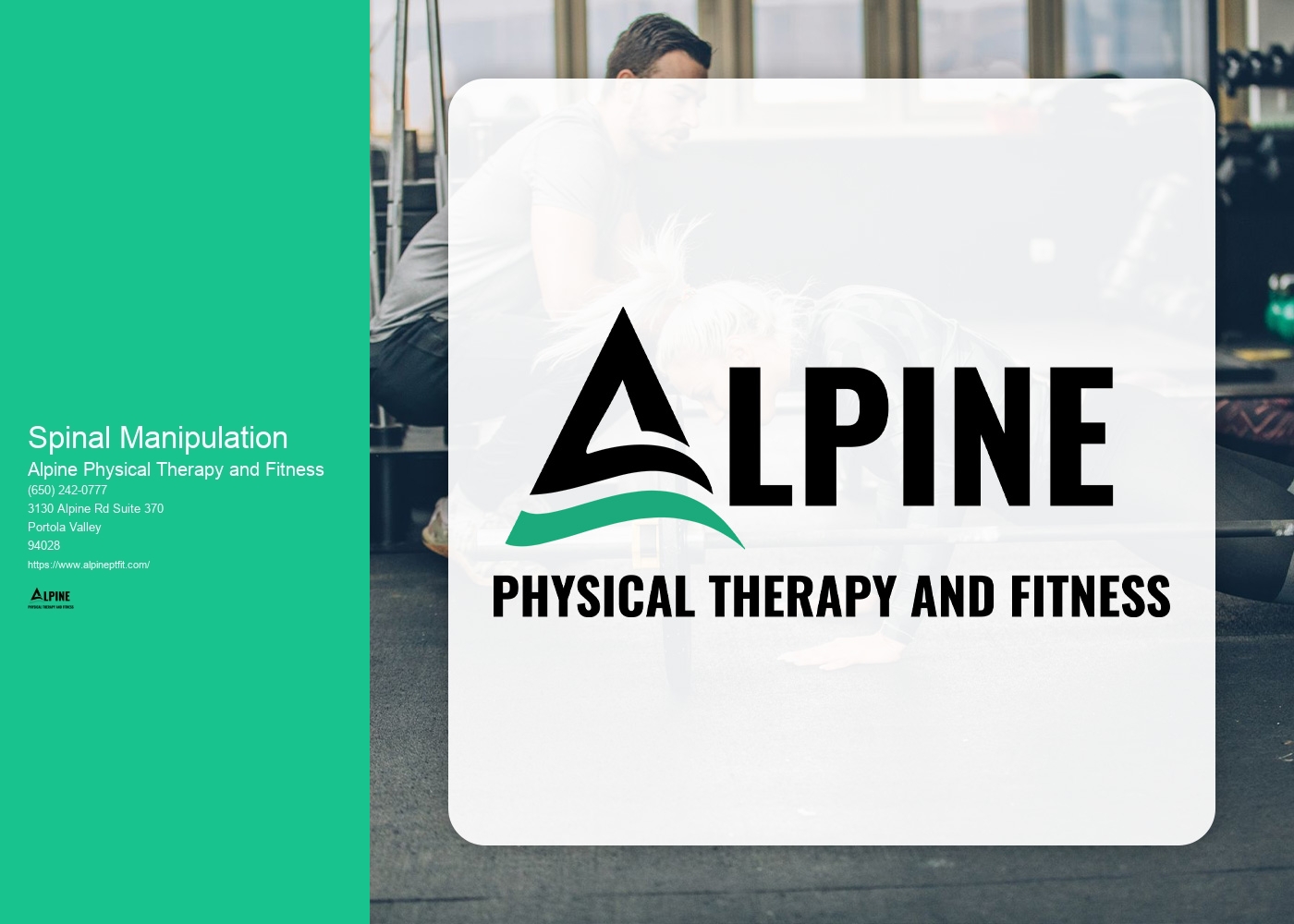

Spinal manipulation, also known as spinal adjustment, is a manual therapy technique used by chiropractors and other healthcare professionals to treat musculoskeletal conditions. It involves applying controlled force to the spine, with the goal of restoring proper alignment and function. The practitioner uses their hands or specialized instruments to apply precise pressure to specific areas of the spine, aiming to relieve pain, improve mobility, and promote overall wellness.
Spinal manipulation works by targeting the joints of the spine, including the vertebrae and the discs between them. When these joints become misaligned or restricted in movement, it can lead to pain, stiffness, and other symptoms. By applying controlled force to these areas, spinal manipulation aims to restore proper alignment and movement, reducing pressure on nerves and promoting healing. It can also stimulate the release of endorphins, which are natural pain-relieving chemicals in the body.
Spinal manipulation can be used to treat a variety of conditions, including back pain, neck pain, headaches, and joint pain. It is commonly used for conditions such as sciatica, herniated discs, and whiplash injuries. Additionally, spinal manipulation can be beneficial for individuals with poor posture, sports injuries, and chronic conditions like arthritis. It is important to note that the appropriateness of spinal manipulation for a specific condition may vary depending on the individual, and a thorough evaluation by a healthcare professional is recommended.

While spinal manipulation is generally considered safe, there are some risks and side effects associated with the procedure. These can include temporary soreness or discomfort in the treated area, headaches, and fatigue. In rare cases, more serious complications such as nerve damage or stroke may occur, although these are extremely rare. It is important to discuss any concerns or potential risks with a qualified healthcare professional before undergoing spinal manipulation.
The duration of a spinal manipulation session can vary depending on the individual and the specific treatment plan. Typically, a session can last anywhere from 15 to 30 minutes. The practitioner will assess the patient's condition, perform a physical examination, and determine the appropriate techniques and duration for the session. In some cases, multiple sessions may be recommended to achieve optimal results.

The number of sessions needed to see results from spinal manipulation can vary depending on the individual and the nature of their condition. Some individuals may experience immediate relief after just one session, while others may require several sessions over a period of weeks or months. The frequency and duration of treatment will be determined by the healthcare professional based on the individual's response to treatment and their specific needs.
Whether or not spinal manipulation is covered by insurance depends on the individual's insurance plan and provider. Some insurance plans may cover chiropractic care, which often includes spinal manipulation, while others may not. It is important to check with the insurance provider to determine coverage and any associated costs. Additionally, some healthcare providers may offer payment plans or other options to make spinal manipulation more affordable for those without insurance coverage.

Yes, there are specialized therapies available for children with cerebral palsy. These therapies are designed to address the specific needs and challenges faced by children with this condition. Some of the specialized therapies include physical therapy, occupational therapy, speech therapy, and aquatic therapy. Physical therapy focuses on improving mobility, strength, and coordination through exercises and stretches. Occupational therapy helps children develop skills for daily activities such as dressing, eating, and writing. Speech therapy aims to improve communication skills, including speech and language development. Aquatic therapy utilizes the properties of water to provide a low-impact environment for movement and exercise. These specialized therapies are tailored to the individual needs of each child with cerebral palsy, helping them improve their quality of life and reach their full potential.
Physical therapy plays a crucial role in managing hip labral tears by providing targeted exercises and interventions to improve pain, mobility, and function. The therapist will design a personalized treatment plan that may include manual therapy techniques such as joint mobilizations and soft tissue mobilizations to reduce pain and improve joint mechanics. They may also incorporate therapeutic exercises to strengthen the surrounding muscles, improve stability, and restore normal movement patterns. Additionally, physical therapy may involve modalities such as heat or ice therapy, electrical stimulation, and ultrasound to further alleviate pain and promote healing. By addressing the underlying causes and symptoms of hip labral tears, physical therapy can help individuals regain optimal hip function and prevent future injuries.
The process of rehabilitating an athlete after an ACL tear involves a comprehensive and structured approach to ensure a safe and effective recovery. The first step is typically focused on reducing pain and swelling through the use of ice, compression, and elevation. Physical therapy plays a crucial role in the rehabilitation process, with exercises aimed at improving range of motion, strength, and stability of the knee joint. These exercises may include quadriceps and hamstring strengthening, balance and proprioception training, and functional movements specific to the athlete's sport. Gradually, the athlete will progress to more advanced exercises, such as plyometrics and agility drills, to restore power and agility. Throughout the rehabilitation process, close monitoring and regular assessments are conducted to track progress and make any necessary adjustments to the treatment plan. Additionally, a gradual return to sport protocol is implemented to ensure the athlete is ready to safely resume their athletic activities. This may involve sport-specific training, simulated game situations, and a focus on mental readiness. Overall, the rehabilitation process after an ACL tear requires patience, dedication, and collaboration between the athlete, medical professionals, and coaches to achieve optimal outcomes.
Exercise prescription plays a crucial role in cardiovascular and pulmonary rehabilitation. It involves the development of a tailored exercise program that is specifically designed to address the individual needs and goals of patients with cardiovascular and pulmonary conditions. The prescription takes into account factors such as the patient's current fitness level, medical history, and any limitations or contraindications they may have. The program typically includes a combination of aerobic exercise, resistance training, and flexibility exercises, all of which are aimed at improving cardiovascular and pulmonary function, increasing endurance, and enhancing overall physical fitness. The exercise prescription is carefully monitored and adjusted as needed to ensure that patients are progressing safely and effectively towards their rehabilitation goals. By following a well-designed exercise prescription, patients can experience significant improvements in their cardiovascular and pulmonary health, leading to enhanced quality of life and reduced risk of future complications.
Physical therapists play a crucial role in working with children who have developmental delays. They employ a variety of techniques and interventions to help these children improve their motor skills, coordination, balance, and overall physical abilities. Physical therapists may use exercises, stretches, and activities that are specifically designed to target the areas of development that need improvement. They may also incorporate play-based therapy, using toys and games to engage the child and make therapy sessions more enjoyable. Additionally, physical therapists may collaborate with other healthcare professionals, such as occupational therapists and speech therapists, to ensure a comprehensive approach to the child's development. Through their expertise and specialized knowledge, physical therapists are able to provide individualized care and support to children with developmental delays, helping them reach their full potential.